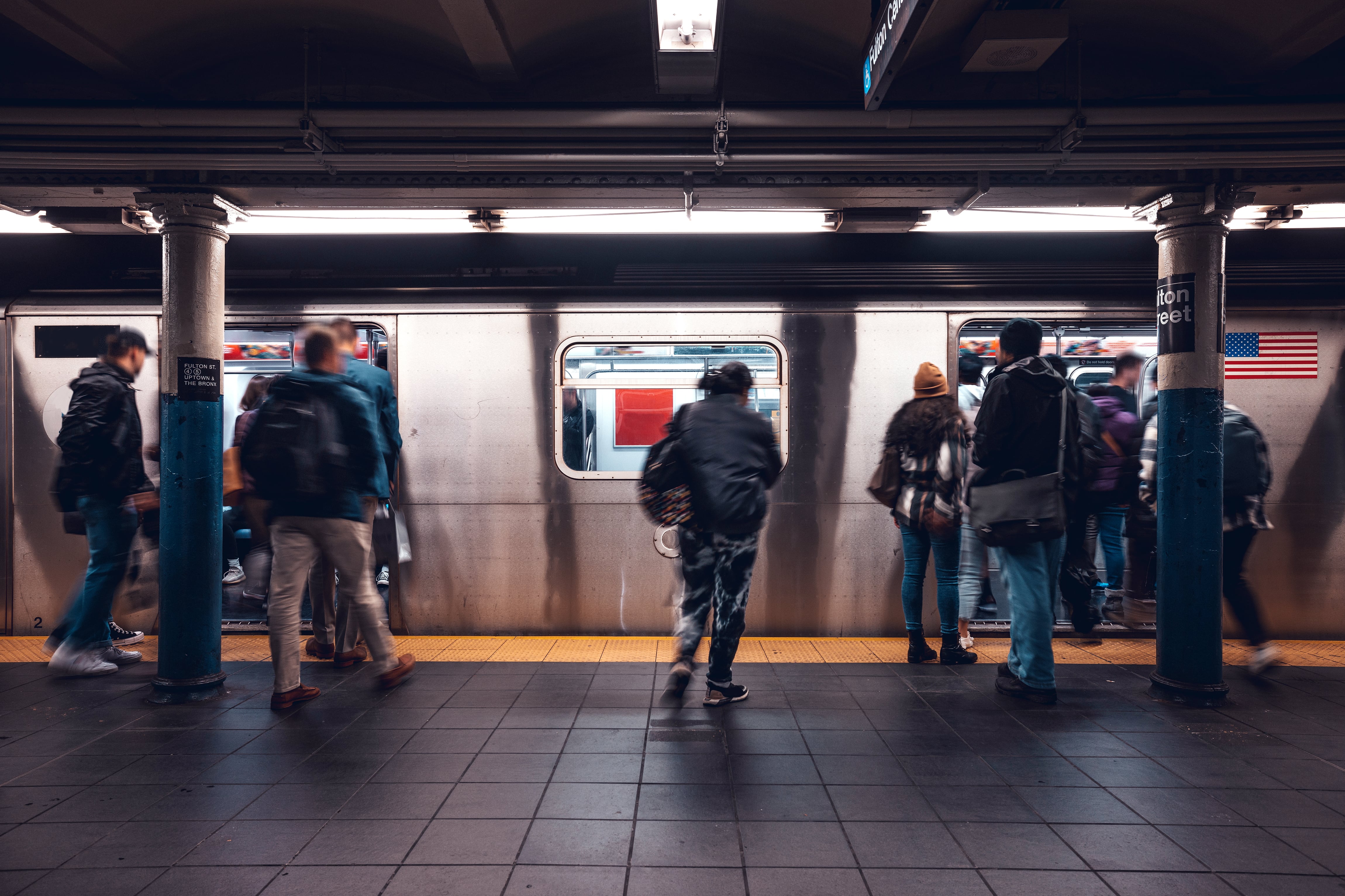This year’s switch to OMNY cards for New York City students set off a wave of excitement for hundreds of thousands of kids whose public transit options suddenly multiplied.
Under the new system, kids get up to four free trips a day on cards that can be used 24 hours a day, 365 days a year. Extending the travel window and including weekends, holidays, and summers is a major change from the previous system, where students received MetroCards with only three swipes during limited hours only on school days.
“It is about flexibility. That’s the difference,” said MTA Chair Janno Lieber at a July press conference.
Now, several months into the rollout of the new OMNY cards, the impact of the program is coming into focus. It’s led to a major uptick in student ridership compared to last year alongside some implementation hiccups, transportation officials said in a City Council hearing earlier this week.
Officials are already planning the next phase for the 2025-26 school year: an OMNY app for students to use with phone tap. That could help, especially since some students have concerns about the flimsy paper material the student OMMY cards are made of.
To help preserve the OMNY cards, some schools have laminated them so they’ll last longer. But an MTA spokesperson said laminating “isn’t recommended” and suggested a plastic protective sleeve instead.
Students are supposed to ask their school for a replacement if their card is lost, stolen, or damaged, officials said.
Here are some key numbers that shed light on what the OMNY card change means for kids and schools, which wrinkles are still getting ironed out, and where things may go from here.
2.5 million
The number of public transit trips that New York City students have taken during the first month of school, said John Benson, deputy senior executive director in the city’s Office of Pupil Transportation, at a City Council hearing.
That represents a 36% increase over the same period last year, suggesting kids are taking advantage of the expanded access or perhaps swiping more when they do ride trains or buses, or a combination of both.
$50.5 million
The sum that the city Education Department is paying the MTA for the student OMNY cards, which covers an estimated 500,000-600,000 students, Benson said.
That’s a significant bargain, Benson contended. If every student used all four swipes every day, at $2.90 a swipe, that would place the value of the cards in “the billions.”
0.5 miles
The distance students must live from their schools to qualify for OMNY cards.
Some legislators are pushing to include kids who live within 0.5 miles of their schools.
Such a change would make an additional 500,000 students eligible, essentially doubling the size of the program, and would come with a price tag, Benson said.
Kids ineligible for regular OMNY cards can still qualify for two-trip MetroCards if they participate in extracurricular activities that require them to travel on evenings or weekends, Benson said.
Less than a week
The length of time it should take schools to receive OMNY card refills via courier delivery if they’re short, Benson said.
Some schools have reported shortages, an issue Benson attributed to faulty data or unexpected enrollment increases. If schools need extras sooner, they can pick them up from the Office of Pupil Transportation headquarters in Queens, he added.
$35-$1,500
The price range for which students were selling their OMNY cards online in an emerging black market, according to a recent report in the New York Post.
Benson acknowledged the phenomenon in the council hearing. MTA officials told the Post the cards would be deactivated, but didn’t provide details about how the MTA would find out they were sold.
10-day letters
Some schools with OMNY card shortages have given students letters to show MTA or NYPD officials explaining the situation and asking for a temporary reprieve on the fare, Benson said. The MTA approved those letters in 2021, but the use of the letters this year “has not been authorized by our office,” Benson said.
Next year
When officials expect to start phasing in the OMNY app so students can use their student perks with a phone tap, Benson said.
Physical OMNY cards will still be available for those who prefer them, he added.
Michael Elsen-Rooney is a reporter for Chalkbeat New York, covering NYC public schools. Contact Michael at melsen-rooney@chalkbeat.org.






